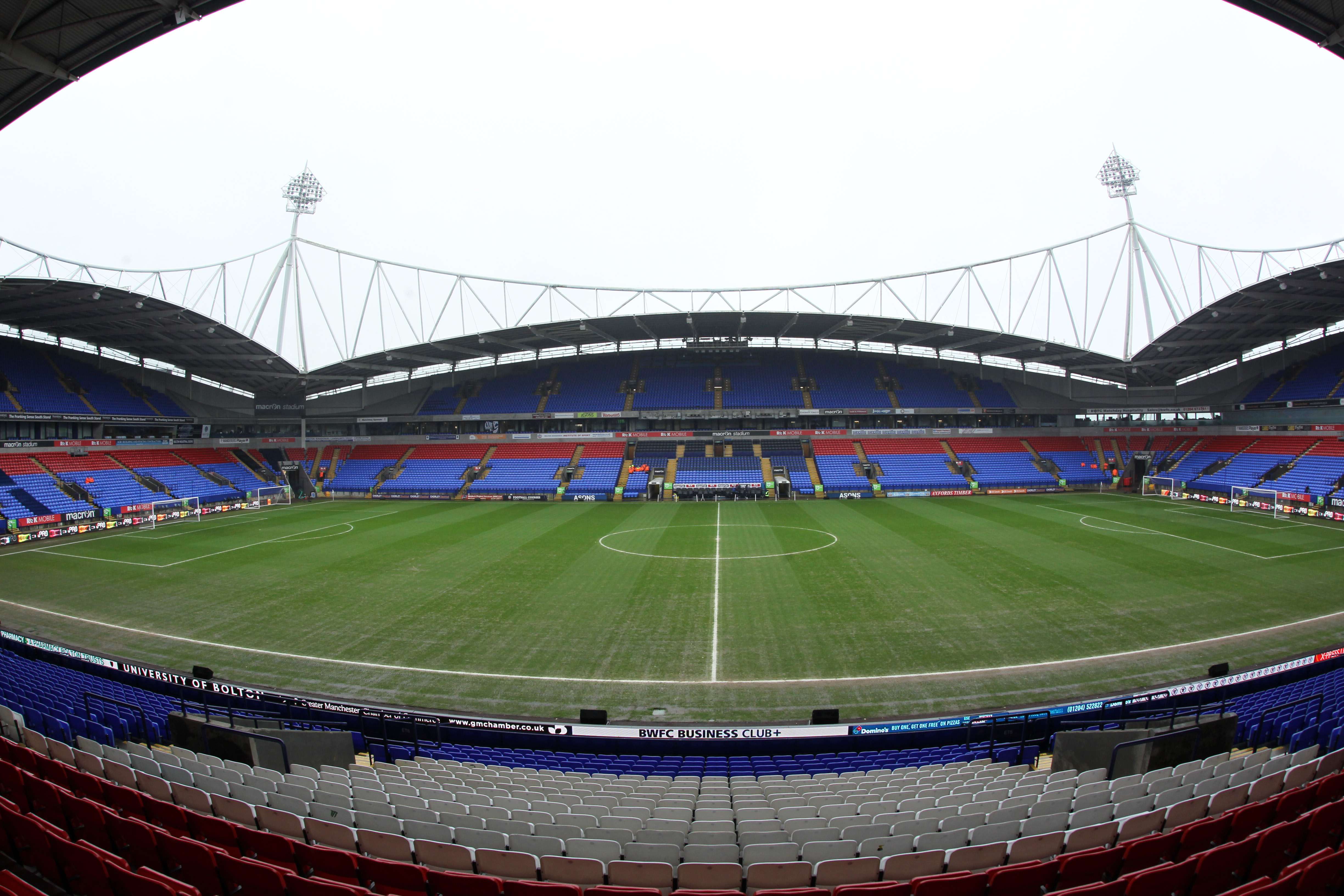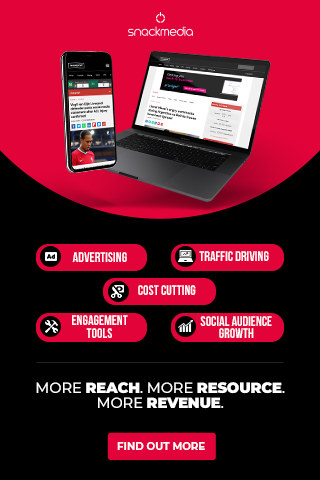Football League clubs’ digital reach revealed – why getting on technology early is vital
We all know about the social media presence of footballers, and of Premier League football clubs. We all know about the gaffes and the terrible tweets and the activation of sponsorships with Hollywood, but what do we know of the smaller football clubs?
Unless you’re a fan of a particular club in the English Football League’s lowest divisions, you’re probably unlikely to know much about their activity on social media – and you’re probably not going to care either.
But over the past few years, these clubs (like every other sports team) are starting to understand the power of social media, not just in connecting with their own fans, but in reaching new audiences, too.
German-based digital sports media platform Result Sports have done some stellar research into the digital reach of football clubs. Their findings detail the combined reach that clubs have across all their digital platforms and then the breakdown of followers on each channel. The two below show the reach that the clubs in League One and League Two have across their digital platforms:
Digital Football Ranking – @SkyBetLeagueOne @OfficialBWFC lead @CAFCofficial & @MillwallFC on October 1st. #Facebook & #Twitter strongest pic.twitter.com/Heei31g9hn
— RESULT Sports (@resultsports) October 1, 2016
DIGITAL Ranking for @SkyBetLeagueTwo! @drfc_official lead @officialpompey & @BlackpoolFC. Digital communities reach 3,3 million. #digisport pic.twitter.com/SrtCeCrXMv
— RESULT Sports (@resultsports) October 3, 2016
The findings make for interesting reading: although we knew that the football clubs at the lower end of the English footballing pyramid wouldn’t possess the digital reach that their counterparts would, it is impressive that clubs like Bolton and Charlton – in the third tier of English football – can have as high a reach on digital media as they do.
That is, of course, mitigated by the fact that both those clubs have played in the Premier League, but over the past few years – when football clubs have been expanding their efforts on social media significantly – these clubs haven’t had the spotlight to take advantage, floating around the lower leagues.
The difference between the Facebook and Twitter reach is also interesting. Facebook is the bigger social media platform, so you would expect most clubs to have more likes on Facebook than followers on Twitter. For the most part, this is borne out in the numbers, but Plymouth Argyle and MK Dons have double the number of followers on Twitter than they do likes on Facebook.
Contrast this with bigger clubs, though: Manchester United have nearly 9m Twitter followers and nearly 72m Facebook likes; Arsenal have just over 8m on Twitter, but 37m on Facebook.
The smaller the club, the less likely it is to be followed on social media by those with no connection to it. And perhaps that’s why we see that the numbers of the smaller clubs don’t have such a big disparity: if you support the club, you’ll probably go out of your way to search for your team and like or follow them on social, but you won’t do that for another club that isn’t a Manchester United or a Real Madrid.
So whilst Manchester United and Arsenal may be extreme examples, Result’s analysis of Premier League clubs – available here – show that whilst Facebook is the biggest platform for every club, it is only the big clubs that play regularly in Europe and compete for trophies that have such a huge gap between Facebook and Twitter followings. For smaller clubs, it’s not about engaging those with just a casual interest in your club, it’s about engaging your own fans.
The data also shows how the clubs are using different platforms. Although Instagram is a fairly new beast for football clubs, even those right down the pyramid are using it – only four clubs, all in League Two, don’t appear to have Instagram accounts. When football clubs initially started getting interested in social, the novelty of following a football club on the platform probably induced a large amount of clicks. Nowadays, fans of other clubs are less likely to follow another club on Twitter: every club has Twitter, so why to follow a different one to see how they engage with their fans?
You can’t ignore social media, even if you are right at the bottom of the Football League creating a buzz around your team is just as important as keeping your fans informed and engaged. Sometimes, though, you can do that by accident!
EVENTS NEWS: Due to unforeseen circumstances, clairvoyant Trisha will not be appearing in the Kevin Bird Suite tomorrow night.
— Mansfield Town FC (@mansfieldtownfc) September 14, 2016
Perhaps the most interesting number from either list, though, is Peterborough United’s number of Periscope followers. They are the only club in Leagues One and Two to be making any sort of waves on the platform, whereas massive Premier League clubs like Manchester United, Chelsea and Liverpool don’t even have accounts – Peterborough have a headstart of 20,000 followers. It seems being an early adopter of this sort of technology is a very good thing indeed.
About author
You might also like
SPORTEL 2021: Day One Recap
This year’s prestigious SPORTEL convention kicked off in sunny Monaco today, welcoming a host of familiar faces as well as plenty of new ones. Doors opened at 8:30am with businesses
Six Founding Riders Set To Bring The Vision Of The UCI Track Champions League To Life
Olympic Champions, UCI World Champions and World Record holders join the new track cycling competition debuting in November 2021 The UCI Track Champions League is delighted to announce that six
Sports related spending to soar this summer as pre-pandemic life resumes
New insights from eBay Ads UK reveal the potential for brands to engage with an excited but nervous nation as sports events get back on track As pubs and indoor








